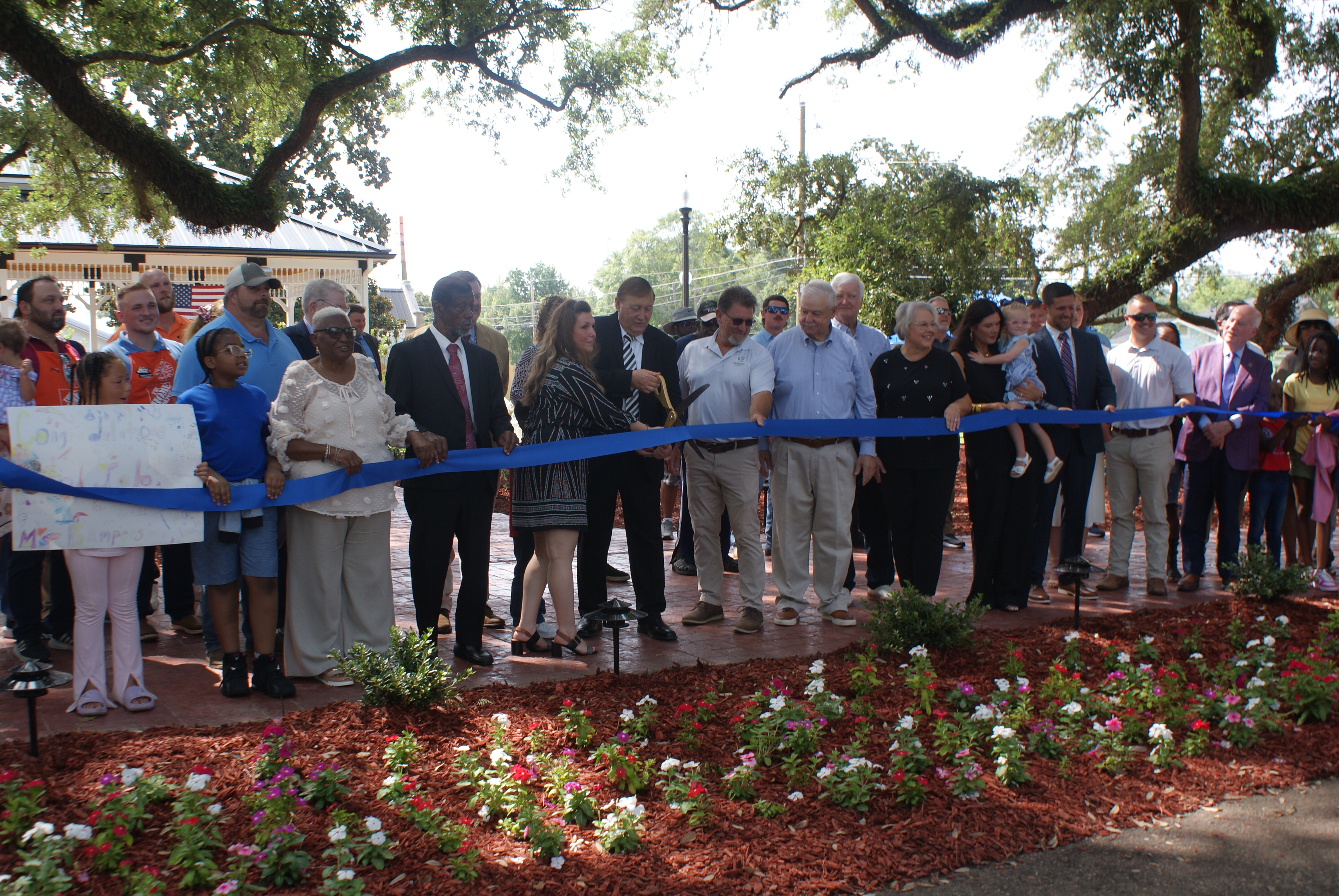Arboretum Paths: Plant trees and shrubs this winter
Published 7:00 am Wednesday, February 17, 2016

leaves: American beech tree is easily identified in winter by its retained leaves, which are shed in the spring when new ones emerge.
Photo by Patricia Drackett
Beautiful weather greeted us last Saturday for our Arbor Day plant sale! The crowds were lively and spirits were high as enthusiastic shoppers perused the trees and shrubs for planting early in the season, getting a jump on impending warm weather.
It really is asking a lot to expect people to get excited over a selection of plants that are bare-branched at this time of year! The majority of the plant selections were certainly leafless, and this caused the evergreens to stand out.
One evergreen shrub called red star anise was particularly attractive. This understory shrub has leaves with a spicy fragrance and striking maroon spring flowers. It grows in the same type of locations where a Camelia will prosper. I’ve seen this plant growing locally on the shady, high banks of rivers and streams, where it enjoys these moist but well-drained conditions.
Spruce pine trees also offered a nice contrast to the bare woody plants. Also known as “turkey pine”, this smaller, slower-growing pine tends to retain its limbs, providing a nice spot for turkeys to roost. Spruce pine is found along the Arboretum paths, and will grow in both full sun as well as a bit of shade, unlike longleaf, loblolly, and slash pine.
Some plants such as oakleaf hydrangea still sported fall coloration, and with its huge burgundy leaves this shrub was a quick seller.
The American beech trees and some oaks also held fast to fall leaves that had long ago turned brown. Master Gardener Amy Nichols was excited to see we had found beech trees for the sale, and told a story of once raising one from seed years ago.
American beech is more frequently found in northern climates, although it does occur as far south as our coastal areas, where it is often seen growing in companionship with southern magnolia trees. Because it holds onto its old leaves until they are pushed off by the emerging leaves in the spring, it can be easily spotted in the forest understory.
Once you learn to identify beech trees by this characteristic, you may start seeing them on your travels. Next time you drive up to Meridian on Interstate 59, take a look on the forested hillsides you will pass as you near the city.
Sourwood is another distinctive tree that can be spotted on those same hillsides, both in the fall when it sports brilliant red coloration and in late spring when it is covered in a cascade of white flowers. Sourwood is sometimes called the “lily of the valley” tree. Its flowers resemble the semi-evergreen shrub common here (and at the Arboretum) called titi (Cyrilla racemiflora). Bees are known for making a tasty honey from the blooms of both of these plants.
One question that comes up often is how to amend the planting area if the site where the tree or shrub will be planted does not offer the preferred conditions. Often, we want to put a particular species in a particular place. But we advise that rather than struggling with artificially providing a plant with the conditions it prefers – for example by adding soil amendments to a planting hole to attempt to create well-drained conditions in areas of compacted soils – it is really best to just use plants that will be happy in these conditions.
The Arboretum has many examples of trees and shrubs that will do well in soils that are wet and compacted, such as many species of native holly, Virginia willow (Itea), red maple, wax myrtle, black gum, and bald and pond cypress trees. Moisture-loving perennials such as American Crinum lily, Texas star hibiscus, and southern blue flag iris will provide attractive blooms in such areas, where typical ornamental species would not prosper.
Take a walk at the Arboretum to see examples of how to use native plants in your home landscape.
Area teachers – attend the free Flying Wild workshop with Mississippi Museum of Science outreach educator Sabrina Cummings this Saturday, February 20. See our website at www.crosbyarboretum.msstate.edu for details.
Attend a program on residential soil testing on Saturday, Febuary 27 at 1:00 p.m. with Pearl River County Extension Agent Dr. Eddie Smith. Members free; non-members $5. Call the Arboretum office at (601) 799-2311 to sign up for either program.
The Arboretum is open Wednesday through Sunday from 9 a.m. to 5 p.m. and located in Picayune, off I-59 Exit 4, at 370 Ridge Road (south of Walmart and adjacent to I-59).
By Patricia R. Drackett, Director, and Assistant Extension Professor of Landscape Architecture
The Crosby Arboretum, Mississippi State University Extension Service





